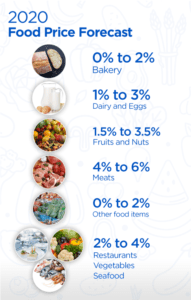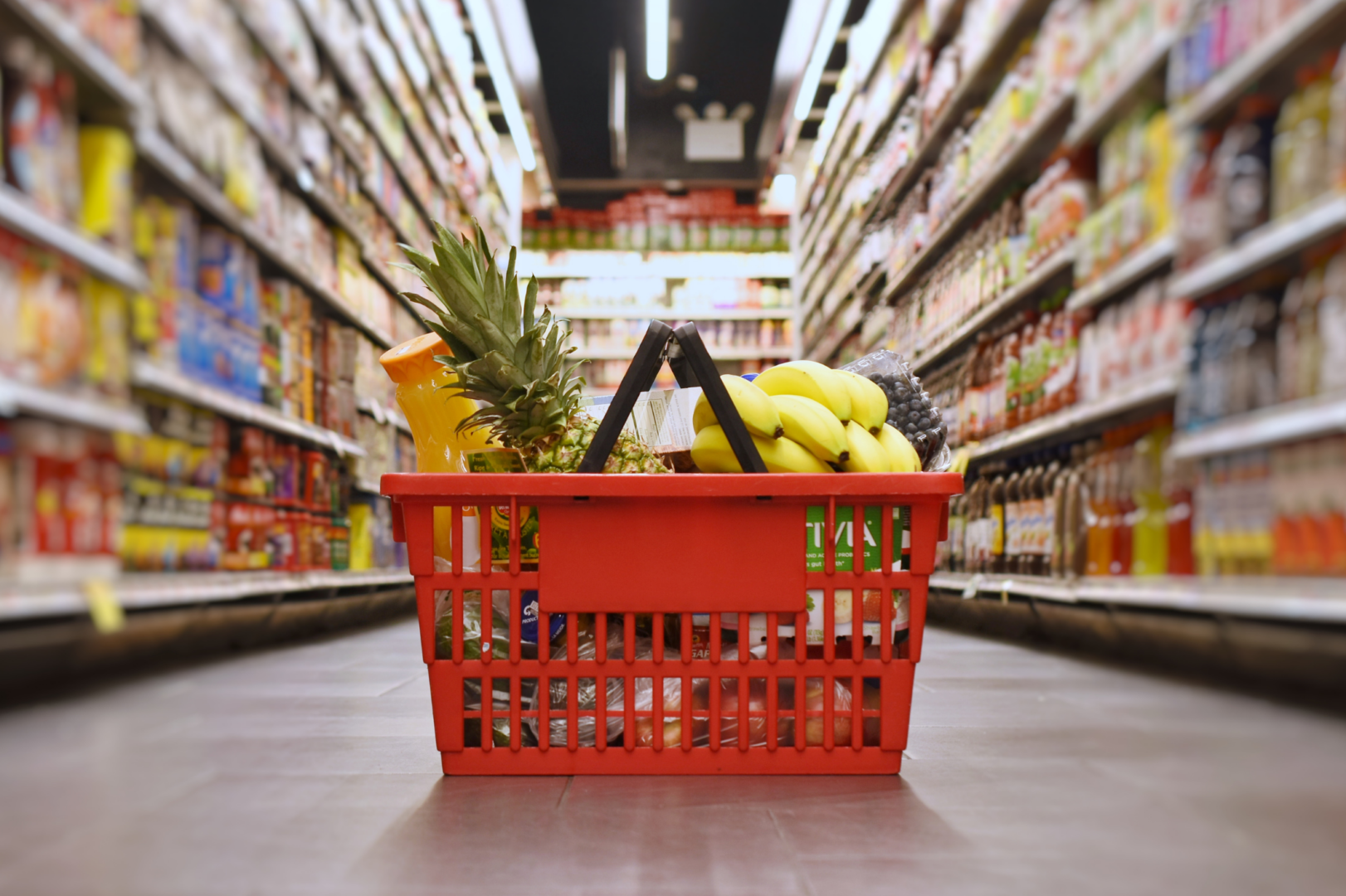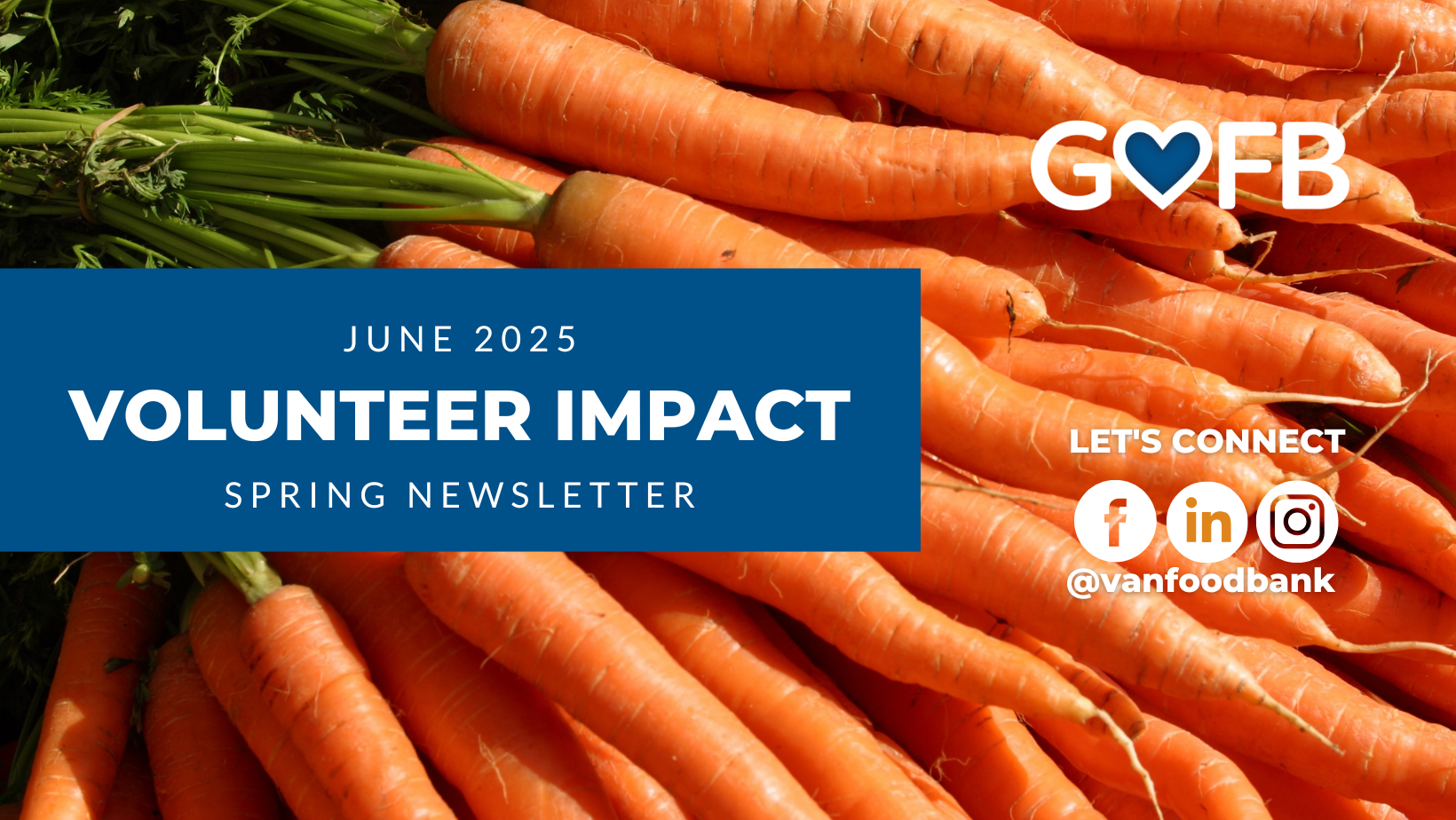Advocates for low-income and homeless people are sounding the alarm about the effect of climbing food prices on B.C.’s most vulnerable.
The annual Canada Food Price Report, produced by Dalhousie and Guelph universities, says the average Canadian family will spend an extra $487 on food next year.
The report suggests that British Columbia is expected to see increases in excess of the average.
That has Jeremy Hunka, spokesperson for Vancouver’s Union Gospel Mission (UGM), worried.
“They hit the vulnerable the hardest,” he said. “It’s the healthier options that are going up the highest.”
According to statistics from B.C.’s Ministry of Poverty Reduction, an estimated 557,000 people in the province fall below the poverty line, 99,000 of whom are children.
The province says about a quarter of those people are on income or disability assistance. Nearly one in 10 are seniors and four in 10 are working adults.
“I don’t think the average person in this city sometimes truly grasps how great the need is,” said Hunka.
Hunka said families and single parents are among the hardest hit, meaning more people reliant on food banks and services such as the meals provided by the UGM.
He said his organization serves more than 800 meals to people in need every day.
“Paying rent, bills and food it’s going to be pretty difficult,” said Vancouver resident and single-mother, Kerry Atkins.
Staff and volunteers at Greater Vancouver Food Bank are also bracing for a possible increase in demand.
“We have some positive stories about people who have been able to get back on their feet and come back and tell us,” said Greater Vancouver Food Bank Chief Operating Officer, Cynthia Boulter.
“I think people are going to be in need longer as food prices go up.”
Food Banks Canada CEO Chris Hatch told Global News the forecast price increases affect the top products food banks across the country usually need.
With larger facilities typically spending an average of $100,000 per year to buy them, a four per cent increase would be a big hit for them as well as people who are already struggling to get by, Hatch said.
“Food costs that are far outpacing core inflation are having a greater impact on low income households, and those with fixed incomes such as provincial social assistance, disability supports or pensions are particularly vulnerable,” according to Hatch.
“As the cost of food goes up, and other costs of living (such as housing) remain high, more people will need to make tough decisions – such as relying on a food bank to make ends meet.”
Back at the UGM, Hunka said the stigma of being forced to access services services is punishing.
“We have moms and families coming to us in tears because they don’t know where their next meal is going to come from,” he said.
“People go to great lengths to hide the fact they’re asking for help from places like food banks or the UGM.”
Hunka said with the holiday season upon us, it is more important than ever to donate to your local food bank or organizations that help provide holiday hampers or help to those in need.
For people looking to save a little on their food costs, the Canada Food Price Report suggests avoiding restaurants, cooking at home and turning to the frozen foods aisle where nutritious vegetables can be bought for less than in the fresh section.
© 2019 Global News, a division of Corus Entertainment Inc.






